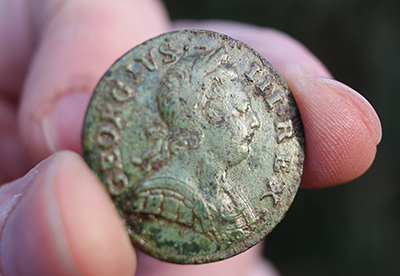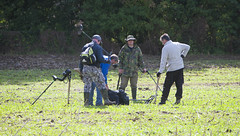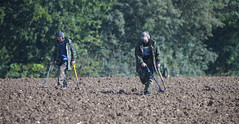Shouldn’t Someone Look For Jo & His Crew?
April 27, 2015 Leave a comment
At precisely thirty-five minutes past eleven on the night of January 23rd 1944 it was bloomin’ chilly and, if you were still up and outside, you would have been able to see the warm plumes of your breath in the cold, still night air. A fine sparkling frost coated the countryside and the occasional cock pheasant called from the numerous small copses in the locality. If you lived in or near the village of Shingay in Cambridgeshire and you looked up into the night sky you might well have wondered what that aeroplane was doing just circling round and round. Exactly two minutes later, making the time now eleven thirty seven, you would have witnessed the aeroplane – or at least heard it – enter a very steep dive. After a few seconds, hearing the engines start to scream, you might have thought “come on guys pull out of that.” At eleven thirty eight it would have become clear that the steep dive had been terminal for both aircraft and anyone inside it as a colossal explosion shook the window panes in local houses and a massive billowing orange fireball lit up the surrounding countryside. Read more of this post

 Like many metal detectorists I use Google Earth to have a look at the land that I search and to scope out potential new sites. The Time Shift icon on Google Earth allows you to essentially go back in time, sometimes as far as 1945, which is fascinating research. This icon is particularly useful with crop marks, as some show up better under certain light conditions, with specific crops and when there are certain moisture levels in the soil. On one of the estates I searched, for example, I noticed a field that clearly had strip lynchets on it. These medieval plough lines normally show up as lighter and darker soil stripes across an arable field – on pasture they are best observed as the sun sets and shadow falls across the lines.
Like many metal detectorists I use Google Earth to have a look at the land that I search and to scope out potential new sites. The Time Shift icon on Google Earth allows you to essentially go back in time, sometimes as far as 1945, which is fascinating research. This icon is particularly useful with crop marks, as some show up better under certain light conditions, with specific crops and when there are certain moisture levels in the soil. On one of the estates I searched, for example, I noticed a field that clearly had strip lynchets on it. These medieval plough lines normally show up as lighter and darker soil stripes across an arable field – on pasture they are best observed as the sun sets and shadow falls across the lines. 




